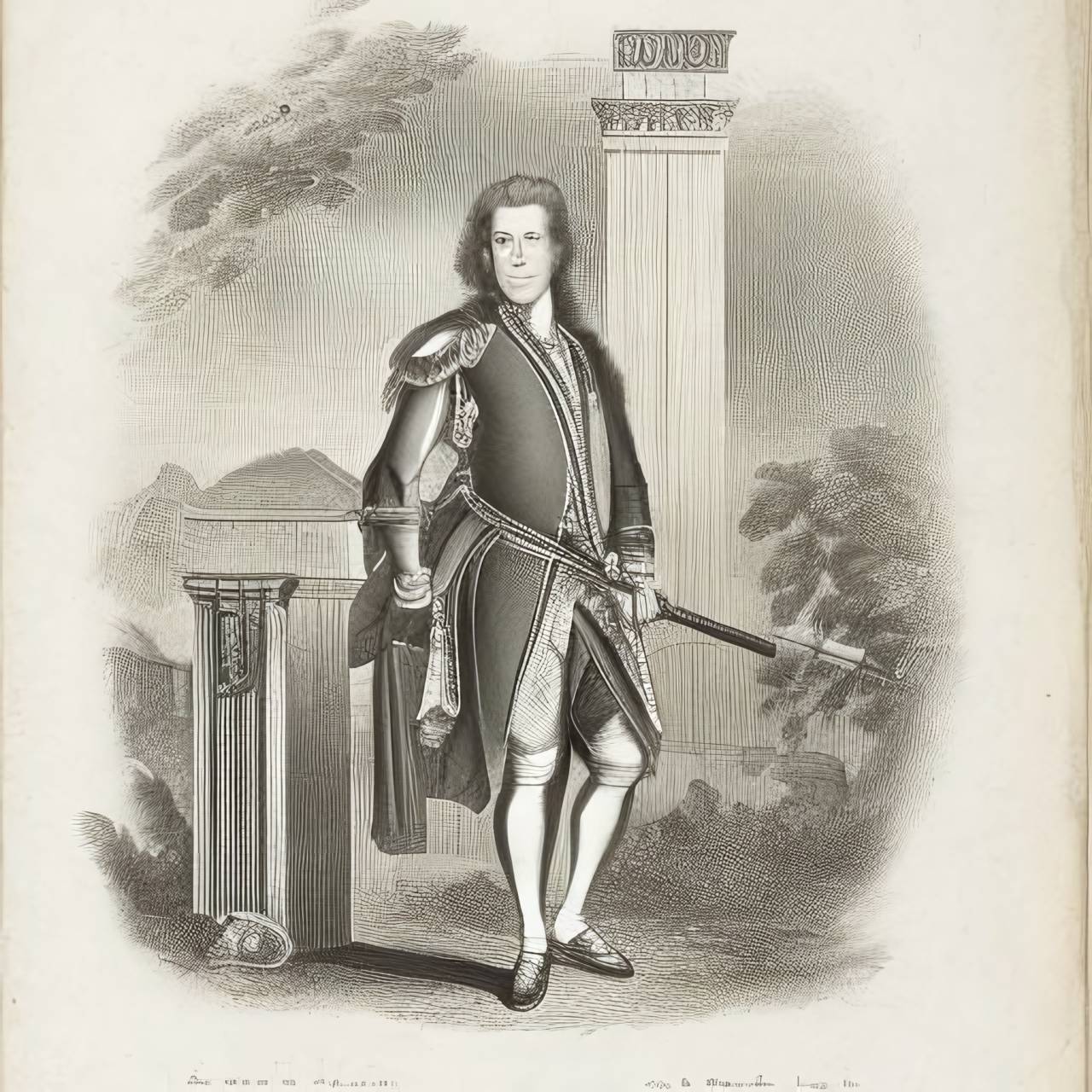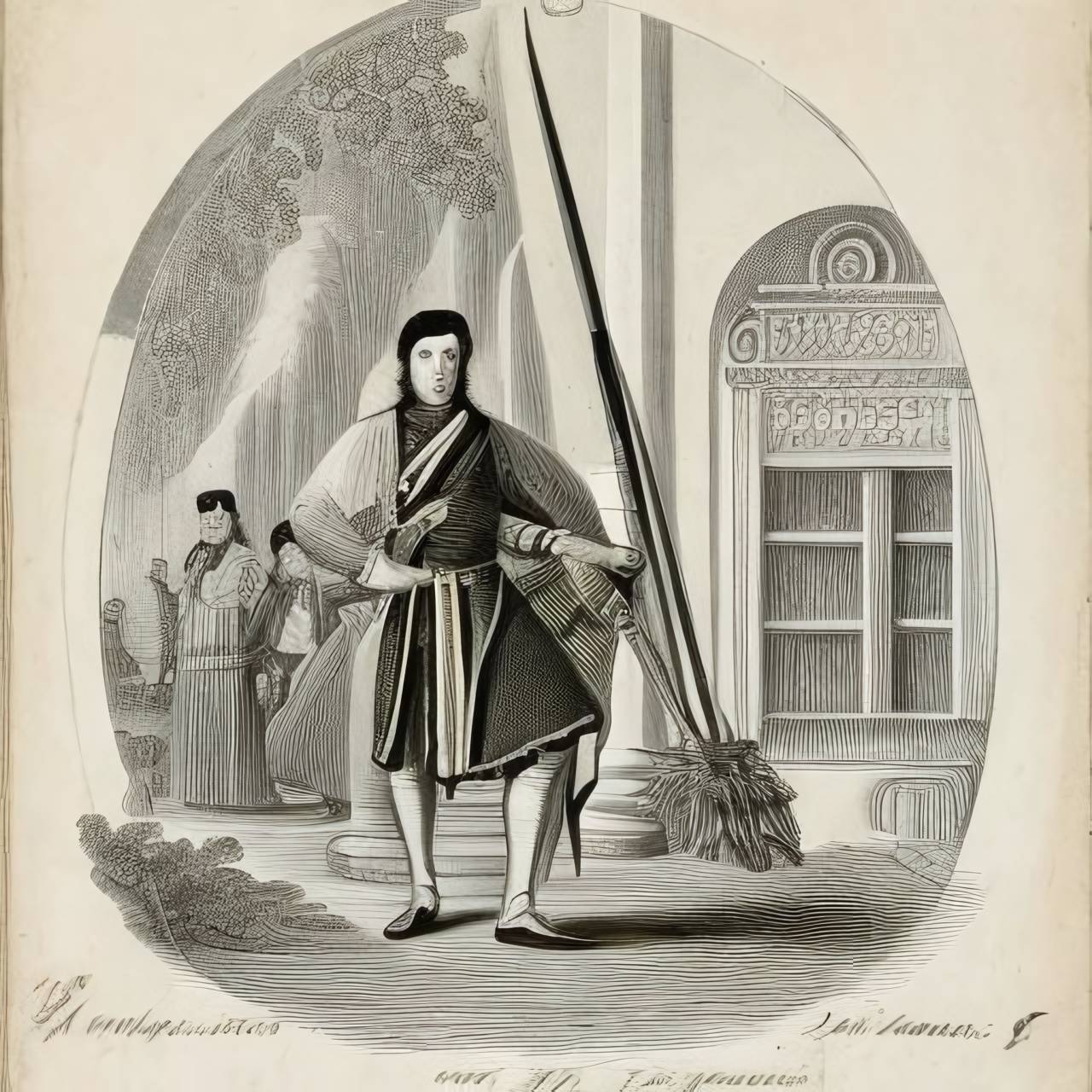In the annals of history, there are tales of kings and queens who left an indelible mark on their realms. Among these remarkable figures lies Miskito King George II, a man whose reign embodied the resilience and determination of his people. From the lush forests and pristine beaches of the Miskito Coast in Central America, George II emerged as a significant leader during a tumultuous era, navigating the complexities of colonial powers and preserving the rich cultural heritage of the Miskito Kingdom. Join me on a captivating journey through time as we explore the life and reign of this legendary monarch.
A Forgotten Kingdom
The Miskito Kingdom, located in present-day Nicaragua and Honduras, existed long before European powers set foot in the Americas. Renowned for their seafaring skills and intricate socio-political structures, the Miskito people forged a unique identity in this remote region. It was into this vibrant tapestry that George II was born in the early 18th century, destined to become a pivotal figure in Miskito history.
Rise to Power
George II ascended to the throne amidst a backdrop of increasing European influence in the Americas. As colonial powers sought to expand their dominions, the Miskito Kingdom found itself caught in the crosshairs. Young and determined, George II quickly grasped the challenges facing his people and embarked on a mission to safeguard their sovereignty.
Battle for Independence
One of the defining moments of George II’s reign came when the British Empire, recognizing the strategic value of the Miskito Coast, attempted to assert its dominance over the region. However, George II, shrewd and steadfast, resisted British encroachment, skilfully manoeuvring his way through diplomatic channels. His perseverance paid off, and he managed to secure a favourable treaty with Britain, granting the Miskito Kingdom a measure of autonomy.
Cultural Preserver
Beyond his political prowess, George II was a staunch advocate for preserving Miskito culture and traditions. Recognizing the transformative impact of European colonization, he sought to strike a delicate balance between embracing modernity and safeguarding the Miskito way of life. Under his patronage, literature, music, and art flourished, providing a testament to the resilience of Miskito cultural heritage.
Diplomatic Enigma
George II’s diplomatic skills were widely admired, as he deftly navigated the treacherous waters of international politics. He maintained diplomatic ties with numerous European powers, ensuring the protection and recognition of the Miskito Kingdom as a legitimate sovereign entity. His ability to cultivate alliances allowed the Miskito people to retain a modicum of independence amidst the vast colonial empires that surrounded them.
Challenges and Legacy
The latter years of George II’s reign were marked by mounting challenges. The Miskito Kingdom faced territorial disputes and encroachments from neighbouring powers, leading to periods of instability. Despite these hardships, George II’s spirit remained unbroken, and he continued to champion the cause of his people until his death in 1755.
George II’s legacy endures to this day. He is remembered as a visionary leader who skilfully defended the Miskito Kingdom’s autonomy against powerful colonial forces. His commitment to preserving Miskito culture served as a beacon of resilience, inspiring future generations to honour their heritage. Today, the Miskito people proudly celebrate their rich history and the legacy of their extraordinary king.
Conclusion
As we reflect on the life and reign of Miskito King George II, we are reminded of the transformative power of leadership in the face of adversity. George II’s indomitable spirit and commitment to his people’s well-being made him an icon of resilience and determination. Through his political acumen, cultural patronage, and diplomatic finesse, he secured a place in history as a true champion of the Miskito Kingdom. Let us draw inspiration from his legacy, recognizing the importance of preserving our unique cultural identities, and standing strong in the face of formidable challenges.
Reference
– Macpherson, Anne S. “Miskito Slaving and Culture Contact: Ethnicity and Opportunity in an Expanding Colonial Network.” Slavery & Abolition, vol. 31, no. 3, 2010, pp. 349-370.
Tags
Divi Meetup 2019, San Francisco
Related Articles
Unappreciated Greatness
Life and Legacy of Jahangir of the Mughal Empire. Jahangir ruled over one of the largest empires in human history during his lifetime, yet few people outside of South Asia have heard of him. I aim to shed light on the life and legacy of this remarkable figure,...
The Plague Doctor’s Diary
A Personal Account of the Turin Epidemic of 1656. I am writing this diary to record my experiences and observations as a plague doctor in Turin, the capital of the Duchy of Savoy, during the terrible epidemic that has afflicted this city and its surroundings since the...
The Timeless Beauty of Bustan
Unveiling the Secrets of Saadi Shirazi's Masterpiece.In the realm of Persian literature, few works have captured the essence of love, spirituality, and morality quite like Bustan (The Orchard) by Saadi Shirazi. This 13th-century masterpiece has left a lasting impact...
Stay Up to Date With The Latest News & Updates
Explore
Browse your topics of interest using our keyword list.
Join Our Newsletter
Sign-up to get an overview of our recent articles handpicked by our editors.
Follow Us
Follow our social media accounts to get instant notifications about our newly published articles.









